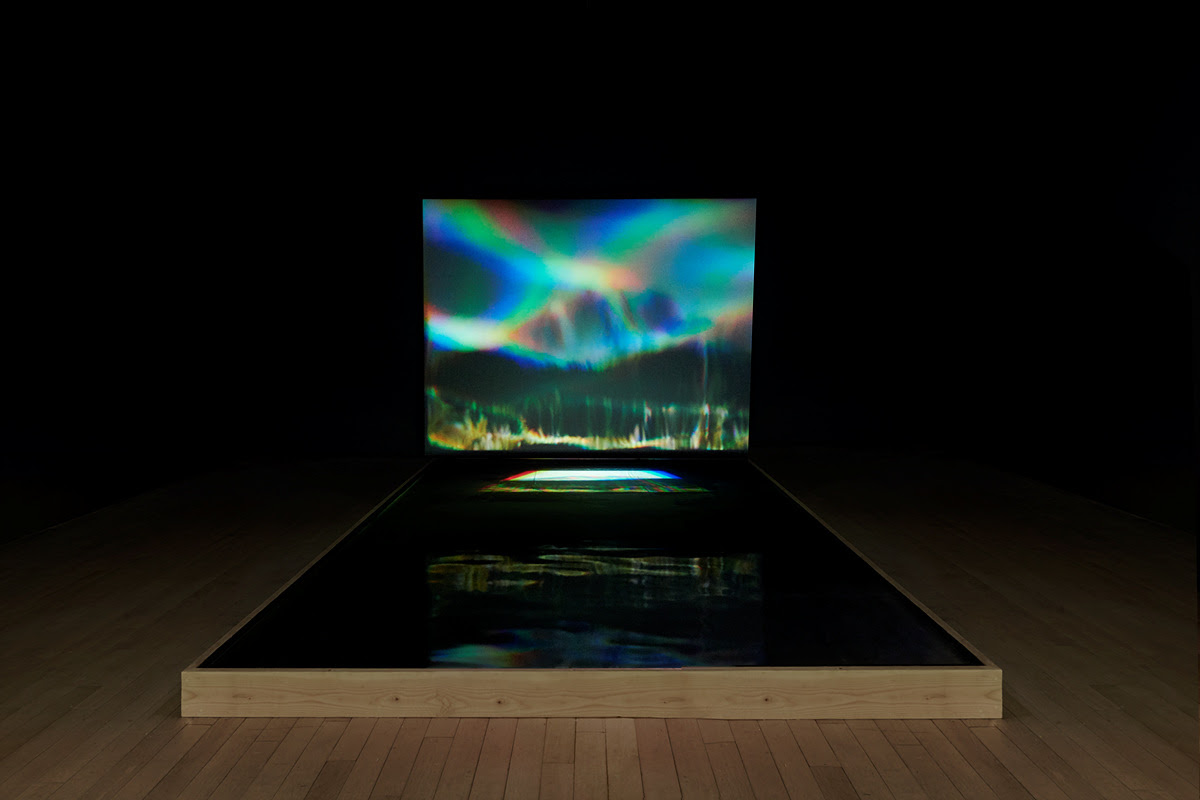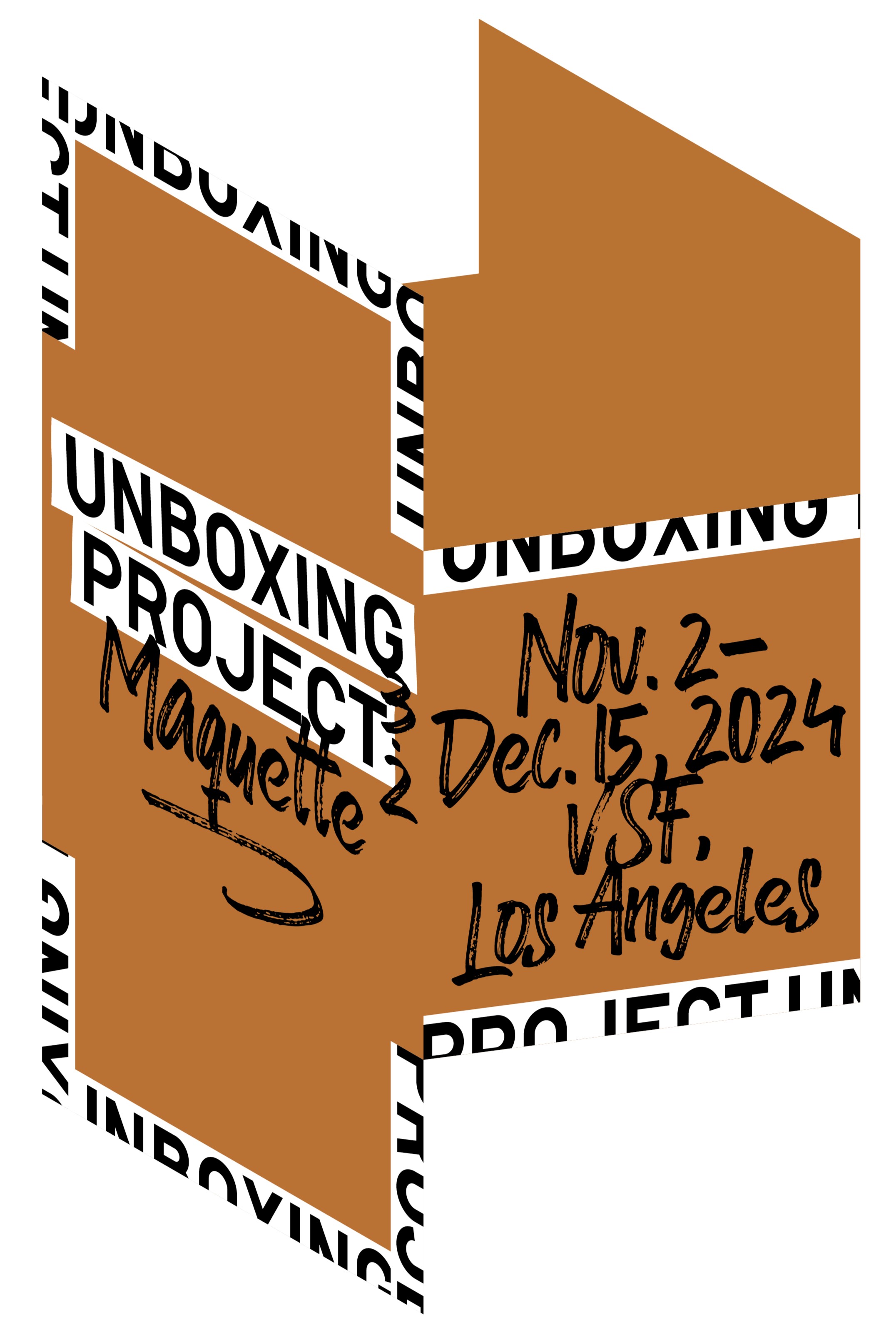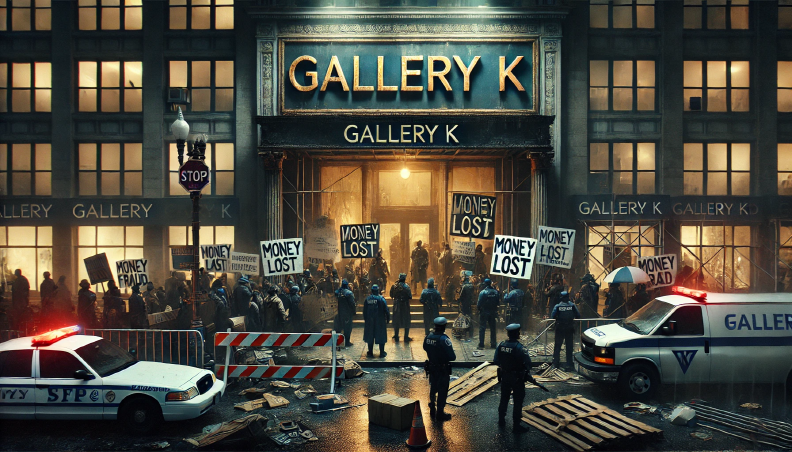 “Normal order aimed at failure” Installation view at Kukje Gallery Seoul ©Kukje Gallery
“Normal order aimed at failure” Installation view at Kukje Gallery Seoul ©Kukje GalleryKukje Gallery presents Gimhongsok (b.1964)’s solo exhibition “Normal order aimed at failure”, the gallery’s first project of the year across its K2 and K3 spaces through March 3. Gim, who has worked across a wide variety of forms and mediums for the past two decades, explores the gray area of perceived social order, probing the tension between Western modernity observed in social, cultural, political, and artistic practices, and the independent resistance of the non-West. This exhibition allows the artist to expand upon this ongoing critique using a conceptual framework he refers to as “entanglement.”
Installed on the first floor of K2 are a selection of works that challenge existing norms and expectations—qualities, as perceived by the artist, that are internalized by the public through education. Sculptures that are assembled in this space challenge the viewer to confront pre-existing biases, suggesting that even autonomous, aestheticized objects may exist in a deeper entangled framework of meaning. For example, A sculpture donning the face of a joker and the body of a cat, a pair of high heel-like slippers, a series of flame sculptures blurring the boundaries between two- and three-dimensional realities, a hyper-realistic stone made of lightweight resin, and a carpet made of bronze.
The second floor of K2 reveals a group of paintings titled Four Gracious Plants, followed by other works founded on natural motifs such as lotus flowers, bamboo, and miscellaneous trees. While the artist initially hints at cultural continuity by depicting the four iconic plants that construct Gunja (a symbol for a noble man in Confucianism), he renders the images in thick modeling paste instead of ink, replacing the Gunja philosophy with ideas of Western modernism and demonstrating the schizophrenic materiality of modern Asian culture. Attempting to escape the cliché paradigms of Oriental painting, Gim deliberately chooses to use acrylic paint and canvas, two of the most commonly used materials in Western painting, to underline the overall theme of the exhibition, the “liberation from fixed concepts.” Stereotypical symbols of Asian culture exposed in Gim’s other paintings featuring natural motifs were also chosen less for their inherent meanings than for the compositional arrangement of the canvas. As if to accentuate this tension between pure aesthetics and neo-liberal banality inside the gallery, a mix of generic background music commonly played in public spaces accompanies the exhibition. Such “background music” engulfs the exhibition, reaching the viewers’ unconscious and ultimately leading them to perceive and experience the gallery as another public venue, rather than an exclusive gallery space.
Meanwhile, K3 presents a rather amusing setting. Laying on the ground in the center—as if having fallen from the sky through the ceiling—is what appears to be a fragment of meteorite partly damaged by the forces of gravitational acceleration. Embedded within the cracks and recessions of this anonymous mass are two objects that can be identified and agreed upon under the universal sign of a “star” on Earth. Regarding this exhibition, Gim commented: “It is an artist’s responsibility to transform existing perceptions by exploring and challenging widely accepted definitions through unlimited means. This is also the answer to the question, ‘What is the role of art?’.” Like the massive object and the two signified “stars” embedded in its interior, the real and its interpretation become inextricably entangled in Gim’s oeuvre.
Born in Seoul, Korea, Gimhongsok graduated from the Department of Sculpture, Seoul National University, and studied at the Kunstakademie Düsseldorf, Germany, in the 1990s. Currently a professor of Stage Art at Sangmyung University, Gim has held solo and group exhibitions at major institutions across the globe.
Selected recent exhibitions include “The Part In The Story Where Our Accumulating Dust Becomes A Mountain”, Seoul Museum of Art, Seoul, Korea (2023); “A Suit with Underwear on the Outside and a Dress with the Skirt Worn as a Hat”, Space ISU, Seoul, Korea (2023); “Lots of People, Children’s Gallery”, Busan Museum of Art, Busan, Korea (2023); “My Sleep”, Culture Station Seoul 284, Seoul, Korea (2022); “2019 Title Match: Gimhongsok vs. SEO Hyun-Suk—Incomplete Ruins”, Buk-Seoul Museum of Art, Seoul, Korea (2019); “Altering Home”, 21st Century Museum of Contemporary Art, Kanazawa, Japan (2018); “The Other Face of the Moon”, Asia Culture Center, Gwangju, Korea (2017); “Good Labor Bad Art”, PLATEAU, Samsung Museum of Art, Seoul, Korea (2013); “All You Need is LOVE”, Mori Art Museum, Tokyo, Japan (2013); and “2012 Korea Artist Prize”, National Museum of Modern and Contemporary Art, Gwacheon, Korea (2012).
He has also participated in a wide range of major international exhibitions, including the Oku-Noto Triennale (2017), Nanjing International Art Festival (2016), Yokohama Triennale (2014), Gwangju Biennale (2012), Biennale de Lyon (2009), and La Biennale di Venezia (2005, 2003).
Gim’s works are housed in the Museum of Fine Arts, Houston, USA; National Gallery of Canada, Ottawa, Canada; The Queensland Art Gallery (QAGOMA), Brisbane, Australia; Le Consortium, Dijon, France; Contemporary Art Museum, Kumamoto, Japan; 21st Century Museum of Contemporary Art, Kanazawa, Japan; National Museum of Modern and Contemporary Art, Korea; Seoul Museum of Art, Seoul, Korea; Gyeonggi Museum of Modern Art, Ansan, Korea; Museum of Contemporary Art Busan, Busan, Korea; and Posco Museum, Pohang, Korea.













